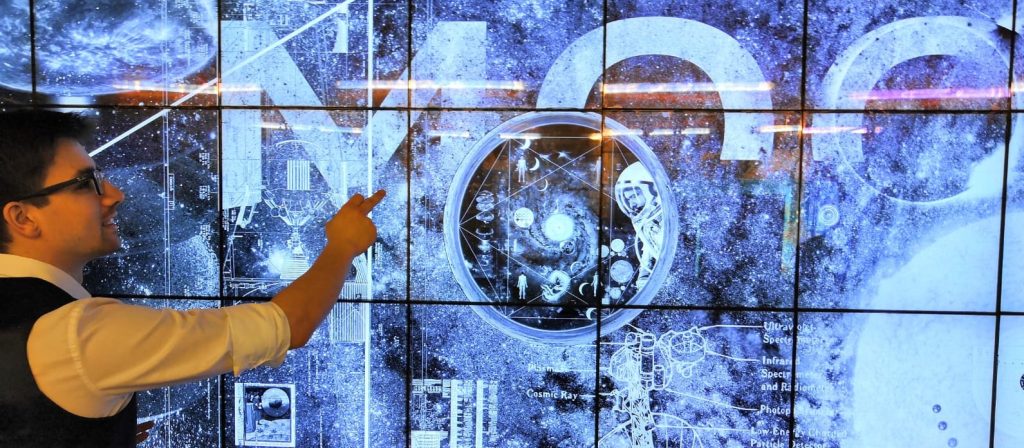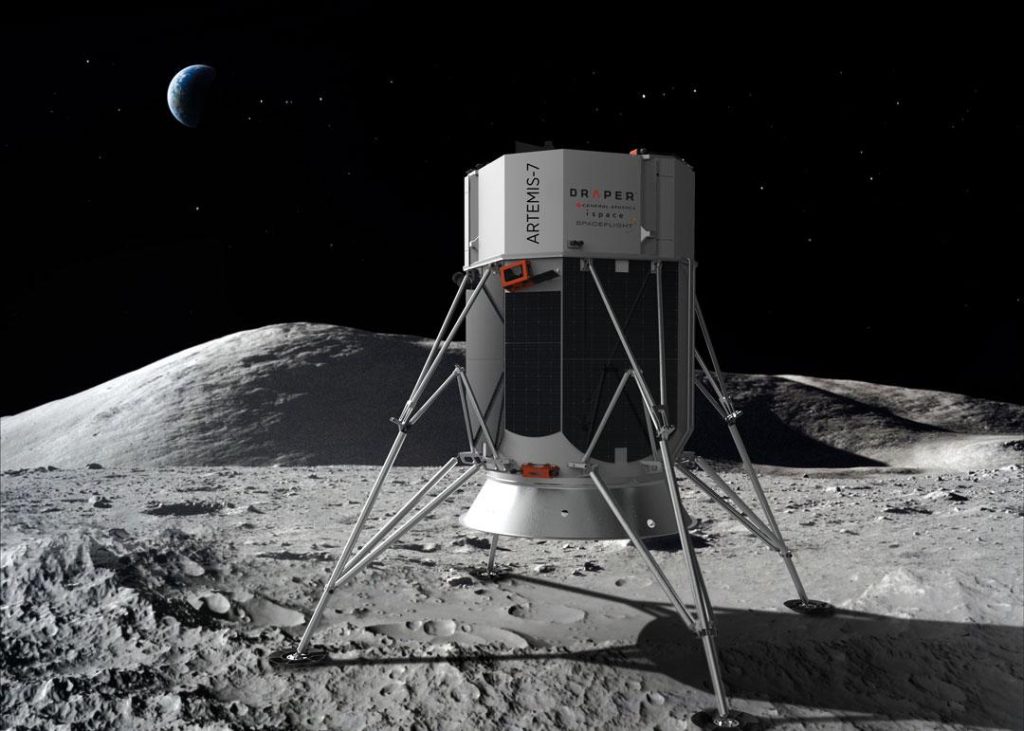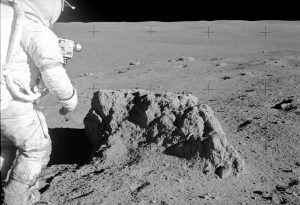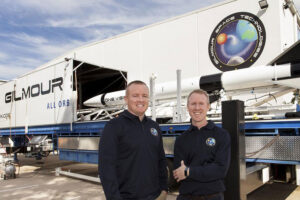Sanctuary on the Moon: Sending Lunar Time Capsule to Save Mankind’s Essence
5th Apr 2024
Introducing a groundbreaking lunar time capsule – “Sanctuary on the Moon“. Led by the visionary French engineer and supported by the formidable alliance of NASA and UNESCO, this initiative promises to encapsulate the very essence of humanity on 24 ultra-hard sapphire discs adorned with billions of pixels. Gearing up to touch down on the moon’s surface in the middle of this decade, this initiative is all set to make history.
What’s so special about it? Well, it’s not just another space mission. This one carries the male and female genomes, mathematical equations, scientific findings, and even artworks! Imagine future generations stumbling upon this cosmic treasure trove and learning about our civilisation.
Inside Out the Capsule
The team behind Sanctuary on the Moon is stacked with 14 brilliant minds from various fields like astrophysics, engineering, paleontology, cosmology, and even art. Their goal? To create a time capsule that tells the story of who we are, what we know, and what we do. It’s like a message in a bottle but on the Moon!

The team explains: “As our global civilisation changes and perhaps even one day disappears, so will much of scientific and cultural importance that we have guarded. Space exploration has opened the door to a potentially eternal safe room.”
This isn’t the first time we’ve heard about a space mission planning to send a “backup for humanity” to the Moon. But what’s really got people talking about Sanctuary on the Moon is that it will be the first mission to pack both male and female genomes onboard. Alongside the genetic material, it will be a precious cargo of human knowledge taken from the arts and sciences through time and deep into the future. Sanctuary’s mission is to describe “who we are, what we know and what we make.”
The project entails engraving 20+ sapphire discs, each capable of storing up to 7 billion micropixels of data. The discs are currently engraved at the French Alternative Energies and Atomic Energy Commission (CEA).
Destination: The Moon
Why the Moon, you ask? It’s the perfect vault. Its ancient surface and minimal natural disasters ensure our legacy stays intact for millennia. The Sanctuary container, crafted from machined aluminium, is designed to house the data stored on the discs securely. Positioned atop NASA’s CLPS Lunar Probe, it will be captured in images upon touchdown on the Moon’s surface.

Crafted from industrial sapphire, these discs are 100 mm (3.9 in) in diameter and 1 mm (0.039 in) thick—so tough they score 9.0 on the Mohs scale (diamonds, by comparison, score 10). Their micro-engraved data will last for aeons, independent of technological advances. The discs boast pixels as tiny as 1 to 1.4 microns each, etched into sapphire for durability. Readable with the naked eye or simple magnifying glass, these pixels ensure your data stays intact for millions of years.
Have We Already Tried to Do That?
In 2019, the Beresheet mission, spearheaded by the private Israeli firm SpaceIL, embarked on a similar endeavour, establishing a “backup” for humanity on the lunar surface. This ambitious mission commenced with the launch of Beresheet aboard a SpaceX Falcon 9 rocket in February of that year. Notably, Beresheet carried a “Lunar Library” within its payload – a remarkable nanotech device compacting a vast 30 million-page archive encapsulating human history and civilisation into a space equivalent to that of a DVD. However, the Beresheet mission met an unexpected end when it crashed onto the lunar surface. The impact resulted in the destruction of the Lunar Library and brought the mission to a sombre conclusion.
Hopefully, this time, we’ll get a bit more luck.






Thank you for your comment! It will be visible on the site after moderation.